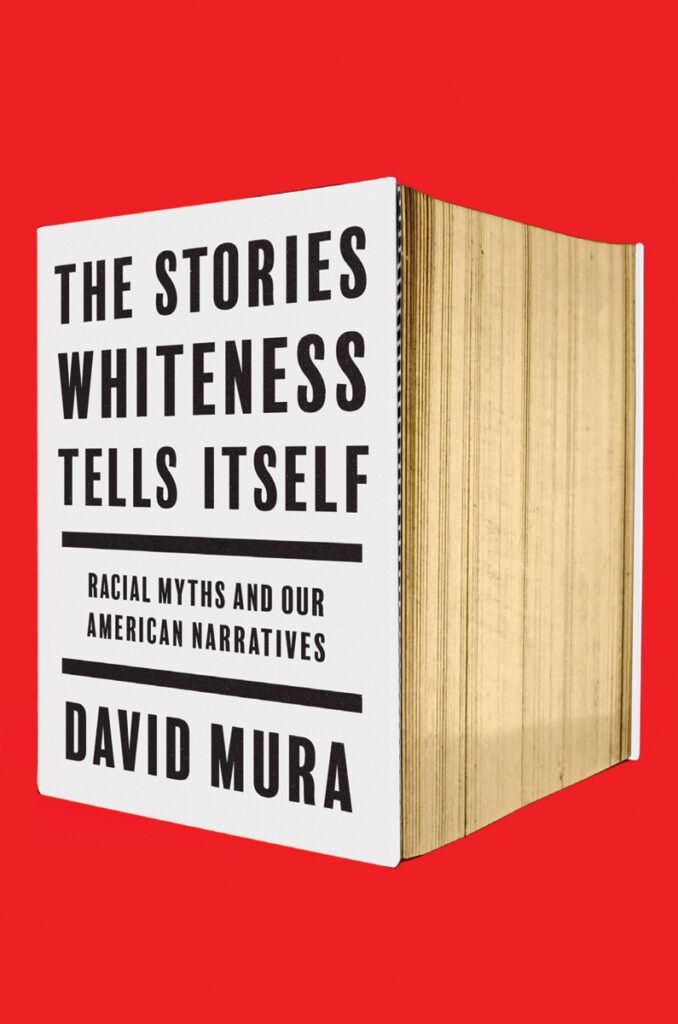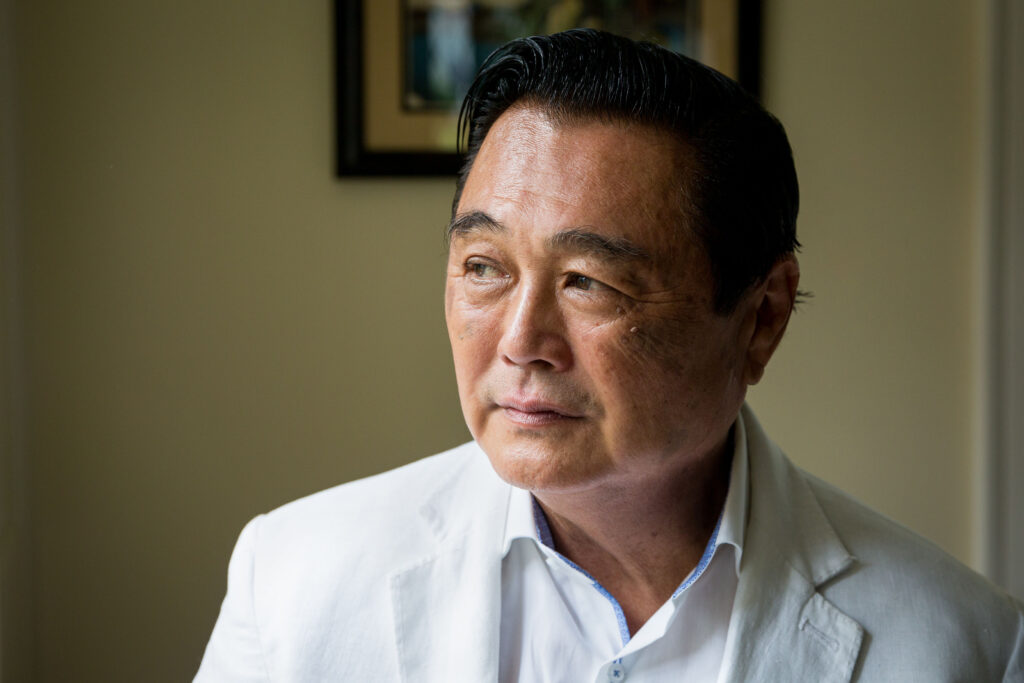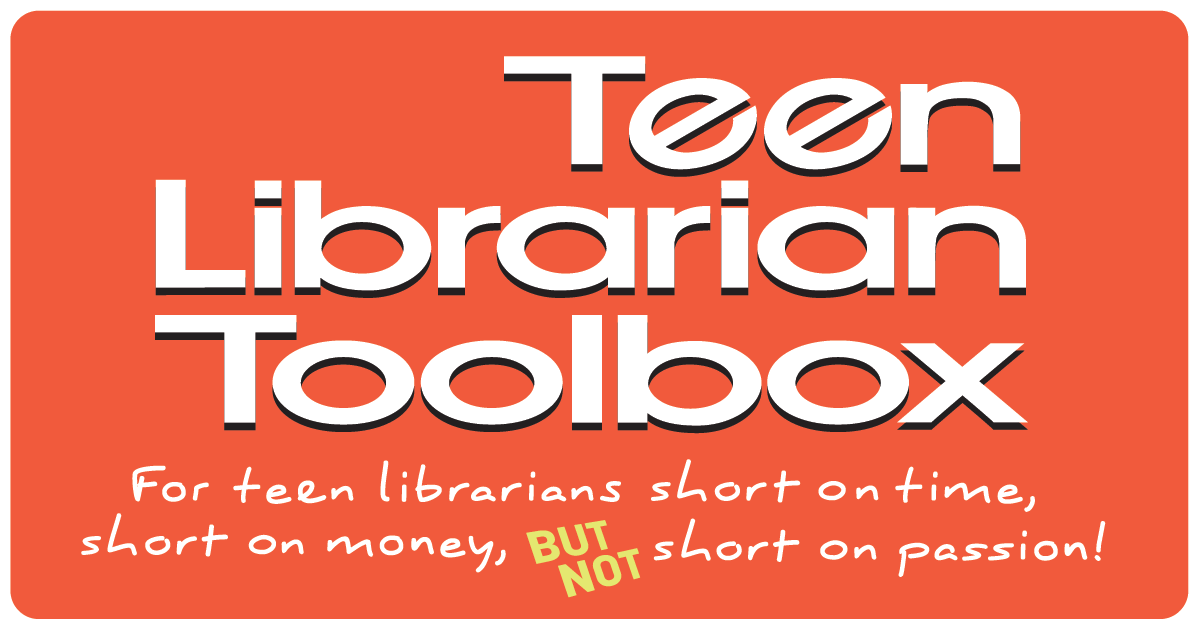The Value of Innocence for BIPOC Students, a guest post by David Mura

I live in Minneapolis, a few miles from where Philando Castile and George Floyd were murdered by police. In my upcoming The Stories Whiteness Tells Itself, I examine the historical roots of these two police encounters with Black men.
Both in our past and in our present, the criminalization of Blackness begins very early for millions of children. After Floyd’s murder, Olivia Rodriguez, a 7th grade teacher from the predominantly Black North Side, wrote a letter to the local paper about asking her students to write “What America Means to Me”:
ADVERTISEMENT
ADVERTISEMENT
Nearly 100% of my class wrote about their fear of police and police brutality. In seventh-grade words, they expressed unjust behaviors by authorities towards them. They are 12 and 13 years old. They do not need this weight on their shoulders right now. Their goals should be learning and being a kid. I sat down at my desk and sobbed thinking of what my students go through on a daily basis while they are walking, playing and talking while black….
In We Are Meant to Rise, a collection of Minnesota BIPOC writers I co-edited with Carolyn Holbrook, poet Douglas Kearney writes about having to tell his children about George Floyd’s murder:
As my wife and I explained to our 10-year-olds (who learned explicitly about…historic killing when St. Anthony police officer Jeronimo Yanez murdered Philando Castile): it isn’t that law enforcement is simply disinterested in protecting Black people, but that US Culture/Law dictate that our very presence is the thing they are meant to protect against…
That White Supremacy put me in a position to make this a reasonable conversation to have with my then six-year-olds is a violence I will never forgive.
Currently Moms for Liberty and other conservative groups are protesting the teaching of our racial history because it hurts white children–and yet these groups obviously don’t care that every African American parent must tell their children stories of police brutality and murder.
At the same time, there’s a deeper problem: BIPOC students are negatively affected by a racist culture and society which forever sees them as “guilty”, forever views them through racist stereotypes. As Rodriguez and Kearney point out, white America views Black and other BIPOC children as a threat, a danger.
One person who has done great work in this area is African American novelist and educator, Alexs Pate. Pate has created The Innocent Classroom, a program which trains K-12 teachers to improve their relationship with BIPOC students.
I’ve worked as Director of Training in this program. In the first session, we ask teachers to tell us the words American society uses to describe BIPOC children. We get a list of 40-60 racist stereotypes like “angry,” “dangerous,” “criminal,” “gangbanger,” “unwed mothers,” “dropouts,” “sassy,” “ugly,” “illegal,” “alien,” “strange,” “violent,” etc. We tell the teachers, “If you know this list your students also know this list”–and what’s more many of their students think their teachers are also viewing them through this list.
We tell the teachers they must create a classroom where these words, which we call imagined guilts, do not have any presence or effect, where the innocence of each child is assumed and nurtured. Now this is a difficult task, since so much of our society views and treats these students according to this list: Indeed, many BIPOC children can come to feel that they cannot escape this list, that it’s what they’re expected to be and is waiting for them–like fate, like the police.
In the Innocent Classroom we don’t instruct teachers to talk to their students about these negative stereotypes, but at a 95% Black Minneapolis elementary school I worked at, one teacher asked his fifth grade class to tell him what American society thinks about them. The students came up with the same negative stereotypes that their teachers did.
And then the teacher watched as his fifth grade Black class, unguided by him, discussed the list for forty-five minutes. And then one student asked, “Well, what’s the antidote for this list?” and another answered, “Education,” and after a pause, another said, “Well, if we’re goofing around or making trouble, aren’t we working against the antidote?”
In the Innocent Classroom, Pate points to the phenomena of stereotype threat: When those in a group become aware of negative stereotypes in an academic setting, they perform more poorly. When women are told women can’t do math before a math test, they do worse than women who are told examples of women’s ability in math. Pate believes that when BIPOC children can claim their innocence, they can create a sense of optimism for the future, a sense that they can work to achieve positive goals.
Pate’s Innocent Classroom has shown a marked decrease in behavioral problems and an increase in academic achievement. The program has significantly improved teacher satisfaction, because the teachers become better at their jobs and closer to their students.
Pate’s program doesn’t focus greatly on race per se, but it does instruct teachers in how to help their students see their own potential and innocence, something American society does not provide to them. Pate asks the teachers to find each student’s good, and he defines good not as a moral good vs. bad, but the way Aristotle defined good—that for which all things are done. Each student, he says, possesses their own particular good, what gets them going, what drives them, how they see themselves. And he gives teachers a list of these—smart, leader, respected, belonging, normal, connected, stable, safe, seen, etc.
If you find an individual student’s good and begin reinforcing that, Pate maintains, that student will respond positively because that student will see you see them, who they are, and thus, the student knows you truly care for them. In other words, the teacher views the student through an individual lens of that child’s good and not a group lens; they see a specific child, not a Black child or an Asian child.
One white math teacher in Omaha kept saying to Pate in the training sessions, “I’m a 50 year old white guy with a crew cut. How am I going to relate to these Black high school students?” But this teacher began to use the program’s lessons. At a certain point his principal came to him, “You used to be the teacher who sent the most students to my office for behavior problems. Last month you didn’t send any. What’s going on?”
Needless to say this 50 year old white male teacher has experienced an increase not only in his students’ behavior and academics, but in his own job satisfaction. And this came from his seeing and helping his students to claim their own innocence.
In The Stories Whiteness Tells Itself, I examine how, throughout our history, from 1619 on, Black and BIPOC Americans have always been assumed to be guilty until proven innocent and sometimes there was no proving them innocent. As evidenced by the murders of Castile and Floyd, this is what BIPOC Americans continue to struggle against.
Pate’s The Innocent Classroom ought to be in every school in America.
Meet the author

David Mura is an essayist, memoirist, poet and fiction writer who brings a unique perspective to our multi-racial and multi-cultural society. A third-generation Japanese-American, he has written intimately about his life as a man of color and the connections between race, culture and history. In public appearances interweaving poetry, performance and personal testament, he provides powerful insights into the racial issues facing America today. Mura’s memoirs, poems, essays, plays and performances have won wide critical praise and numerous awards. Their topics range from contemporary Japan to the legacy of the internment camps and the history of Japanese Americans to critical explorations of an increasingly diverse America. He gives presentations at educational institutions, businesses and other organizations throughout the country. You can find him at his website: http://www.davidmura.com/
Website – http://www.davidmura.com/
Instagram – https://www.instagram.com/muradavid/
Twitter – https://twitter.com/MuraDavid
Bookshop – https://bookshop.org/books/the-stories-whiteness-tells-itself/9781517914547
Goodreads – https://www.goodreads.com/book/show/60825847-the-stories-whiteness-tells-itself
Amazon – https://www.amazon.com/Stories-Whiteness-Tells-Itself/dp/151791454X
About The Stories Whiteness Tells Itself: Racial Myths and Our American Narratives
Uncovering the pernicious narratives white people create to justify white supremacy and sustain racist oppression
ADVERTISEMENT
ADVERTISEMENT
The police murders of two Black men, Philando Castile and George Floyd, frame this searing exploration of the historical and fictional narratives that white America tells itself to justify and maintain white supremacy. From the country’s founding through the summer of Black Lives Matter in 2020, David Mura unmasks how white stories about race attempt to erase the brutality of the past and underpin systemic racism in the present.
Intertwining history, literature, ethics, and the deeply personal, Mura looks back to foundational narratives of white supremacy (Jefferson’s defense of slavery, Lincoln’s frequently minimized racism, and the establishment of Jim Crow) to show how white identity is based on shared belief in the pernicious myths, false histories, and racially segregated fictions that allow whites to deny their culpability in past atrocities and current inequities. White supremacy always insists white knowledge is superior to Black knowledge, Mura argues, and this belief dismisses the truths embodied in Black narratives.
Mura turns to literature, comparing the white savior portrayal of the film Amistad to the novelization of its script by the Black novelist Alexs Pate, which focuses on its African protagonists; depictions of slavery in Faulkner and Morrison; and race’s absence in the fiction of Jonathan Franzen and its inescapable presence in works by ZZ Packer, tracing the construction of Whiteness to willfully distorted portraits of race in America. In James Baldwin’s essays, Mura finds a response to this racial distortion and a way for Blacks and other BIPOC people to heal from the wounds of racism.
Taking readers beyond apology, contrition, or sadness, Mura attends to the persistent trauma racism has exacted and lays bare how deeply we need to change our racial narratives—what white people must do—to dissolve the myth of Whiteness and fully acknowledge the stories and experiences of Black Americans.
ISBN-13: 9781517914547
Publisher: University of Minnesota Press
Publication date: 01/31/2023
Filed under: Guest Post
About Amanda MacGregor
Amanda MacGregor works in an elementary library, loves dogs, and can be found on Twitter @CiteSomething.
ADVERTISEMENT
ADVERTISEMENT
SLJ Blog Network
The 2024 Ninja Report: Bleak
A Sequel Coming This Summer That You Won’t Want to Miss: Bob Shea Discusses His Latest
Review| Agents of S.U.I.T. 2
ADVERTISEMENT







